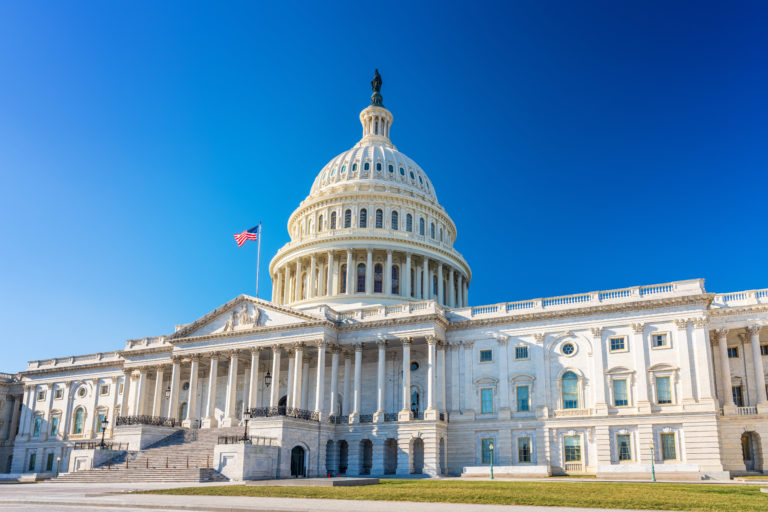There has been much discussion about the new ESSA Title IV, Part A grant. You may recall that this is the new and flexible $1.1 billion program that supports the work and investments of the law’s other Titles. Think of it as the cavalry that runs in support of Titles I, II, and III.
It works like this: if the district gets $30,000 or more, it’s required to conduct a needs assessment and submit an application to the state ensuring that the district will spend the funds across the three investment categories. If the district gets less than $30,000, then it only has to provide an application ensuring an investment in at least one of the three categories. Those three are: (1) Not less than 20 percent to provide students with a well-rounded education (e.g., STEM, arts, civics, IB/AP, health and physical education); (2) Not less than 20 percent to support safe and healthy students (e.g., school mental health, drug and violence prevention, training on trauma-informed practices, health and physical education); (3) A portion of the funds to support the effective use of technology (e.g., professional development, blended learning, technology devices), with a 15 percent cap on infrastructure.
This summer, Whiteboard Advisors partnered with AASA and the National Association of Federal Education Program Administrators to figure out how school leaders expected to spend the new funds.
We learned a lot. First, no respondents said that they were going to buy guns, so let’s just put that to bed.
In the effective use of technology category, the implement of system-wide approaches to support teacher PD and personalized learning took the top spot at nearly 55 percent of respondents, followed by improving the implementation of their blended learning strategies, and buying digital devices.
In the well-rounded education category, STEM investments took the top spot at over 61 percent of respondents, followed by college and career counseling and music and arts.
In the safe and healthy students category, positive behavioral intervention programs led the way with safe and supportive learning environments, and school-based health and mental health services right behind.
Each district is managing unique needs and challenges, so this kind of granular data (and the commentary that accompanies them) are incredibly valuable. It will be interesting to see how schools use these funds to deliver needed services and the ways they report the value of the new grant to their community and members of Congress.
Check out some of the data here. If you want to learn more about state and district-specific insights, do not hesitate to contact me.



